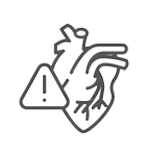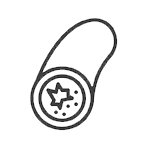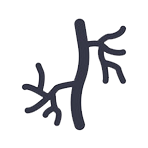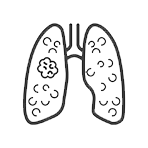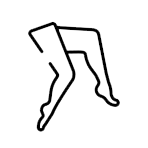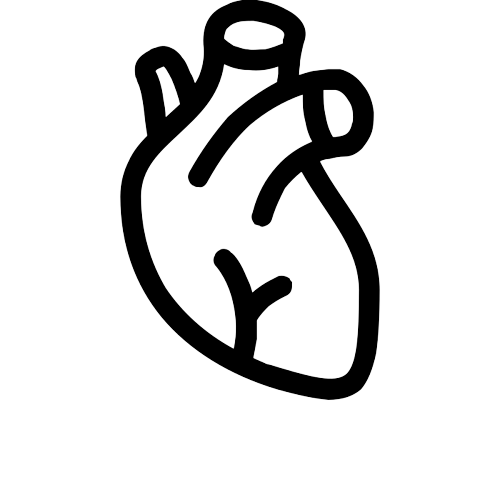MITRAL VALVE PROLAPSE
Mitral valves regulate blood flow on the left side of the heart. Each heartbeat opens and closes the valve. It functions as a one-way gate, allowing blood to pass from the upper chamber to the lower chamber of the heart.
Q & A
Mitral valve prolapse is a cardiac condition affecting the mitral valve.
Between the left upper chamber (left atrium) and left lower chamber (left ventricle) of the heart sits the mitral valve. This valve has two leaflets that open when the heart relaxes and close when the heart contracts. The opening and closing of the mitral valve is controlled by strong, flexible cords known as the chordae tendineae, which are linked to the base of each leaflet and the heart muscle. This cable is thin and white in color. resemble the cords of a parachute.
When the heart pumps blood to the body, the two mitral valve flaps shut close entirely and remain closed in a healthy heart. When mitral valve prolapse is present, the valve still shuts after blood has passed through. However, when blood is pushed out of the heart, the valve flaps bulge backwards considerably and resembles a miniature balloon or parachute.
Why does it happen?
Certain health conditions, such as connective tissue disorders or endocarditis, may result in mitral valve prolapse. Mitral valve prolapse is also transmissible through families. With mitral valve prolapse, the mitral valve undergoes physical alterations.
What are the signs and symptoms?
The majority of folks exhibit no symptoms. A clinician may not detect MVP until he or she hears a “clicking” or murmuring sound when listening to the heart. Your physician may recommend that you have an echocardiography to detect mitral valve prolapse.
How is prolapse of the mitral valve treated?
Most individuals with mitral valve prolapse do not require therapy. You will likely have periodic testing to evaluate the functionality of the mitral valve and the extent of prolapse. A heart-healthy lifestyle and regular exercise are advised for the majority of people.
How should you take care of yourself?
Heart-healthy way of life
Do not smoke.
Consume foods that support cardiovascular health. Vegetables, fruits, nuts, legumes, lean meat, fish, and whole grains are included. Reduce sodium, alcohol, and sugar intake.
Maintain a healthy body weight.
Manage other health issues, such as diabetes, hypertension, and high cholesterol.
Good level of activity. Perform at least 30 minutes of physical activity on most days of the week. Walking is an excellent option.





